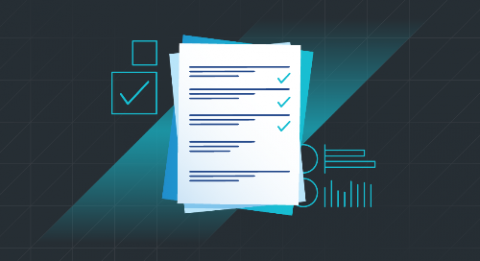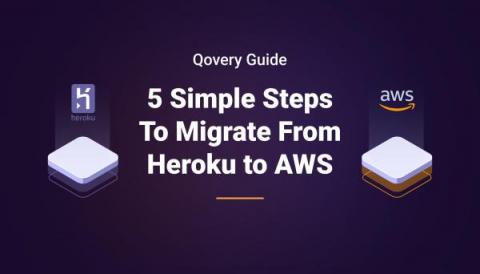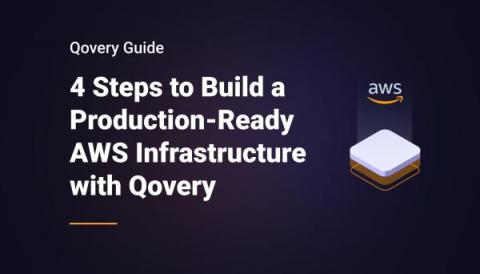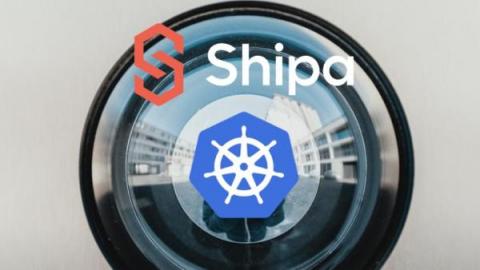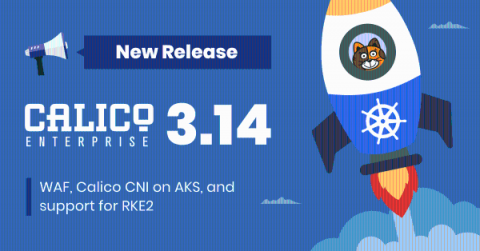Software Bill of Materials: A Key Ingredient for Healthy Software
The software bill of materials, often referred to as an SBoM or BOM, has gained a tremendous amount of popularity in the past year and a half. It’s mentioned in the US White House’s 14028 Executive Order and is referenced in innumerable secure software supply chain articles. While the SBoM has been around for many years, awareness and adoption seems to be hitting an inflection point.


